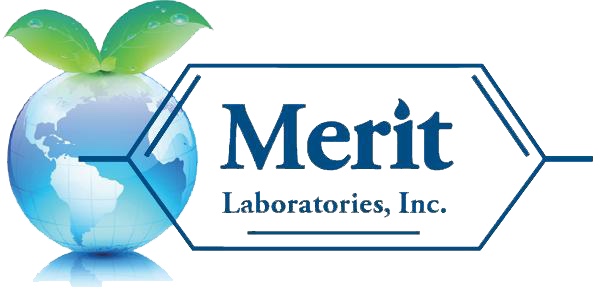The State of Michigan strengthened its lead and copper rules for drinking water in June 2018, making it the strictest in the United States. As a result, sample collection methodology underwent some significant changes that must be adhered to by Community and Non-Community Water Supplies for lead and copper in drinking water.
For each site served by a lead service line, Community and Non-Community Water Supplies are required to collect two samples: a 1st-liter sample and a 5th-liter sample. Both samples are compliance samples and are sent to the laboratory for lead and copper testing. It should be noted that during sample collection, the 2nd through 4th liters are not analyzed and discarded after the 1st-liter and 5th-liter sample are collected, bottled, and labeled.
Lead and copper samples collected from sites without a lead service line should be first draw samples. The sample should be 1-liter in volume collected from a cold-water tap (kitchen or bathroom) after at least 6 hours of stagnation. To ensure compliance with the requirements, it is not allowable to perform pre-stagnation flushing and aerator removal prior to sample collection.
Apart form sample collection, the highlights of the changes to the lead in drinking water rules from 2018 included:
Reducing the Lead Action Level from 15 parts per billion to 12 ppb in 2025.
Requiring all public water systems to replace lead service lines. Beginning in 2021, service lines must begin to be replaced at a rate averaging 5 percent per year, not to exceed 20 years total for replacement of all service lines, unless an alternate schedule in an asset management plan is approved by the EGLE.
If 90 percent of a public water system’s tests exceed the action level, they must replace seven percent of their lead service lines per year as well as make public notifications to all customers on the system.
Prohibiting partial lead service line replacement due to the potential for elevated lead levels and the risk to public health.
Creating a statewide water system advisory council to assist the EGLE in developing lead public awareness campaign materials and advise the department on efforts to educate the public about lead in drinking water. The council must consist of one representative from each of the following: community water supply, non-community water supply, administrative branch of a local government agency, medical professional, professor of public health at a state university, environmental or public health advocacy group, public health educator, and two members of the public.
Requiring all public water systems to conduct asset inventory, including a preliminary inventory that must be completed by January 1, 2020, and a complete distribution system inventory and verification methodology by January 1, 2025.
Please contact Merit Laboratories, a leading environmental laboratory, for assistance with drinking water testing compliance.

